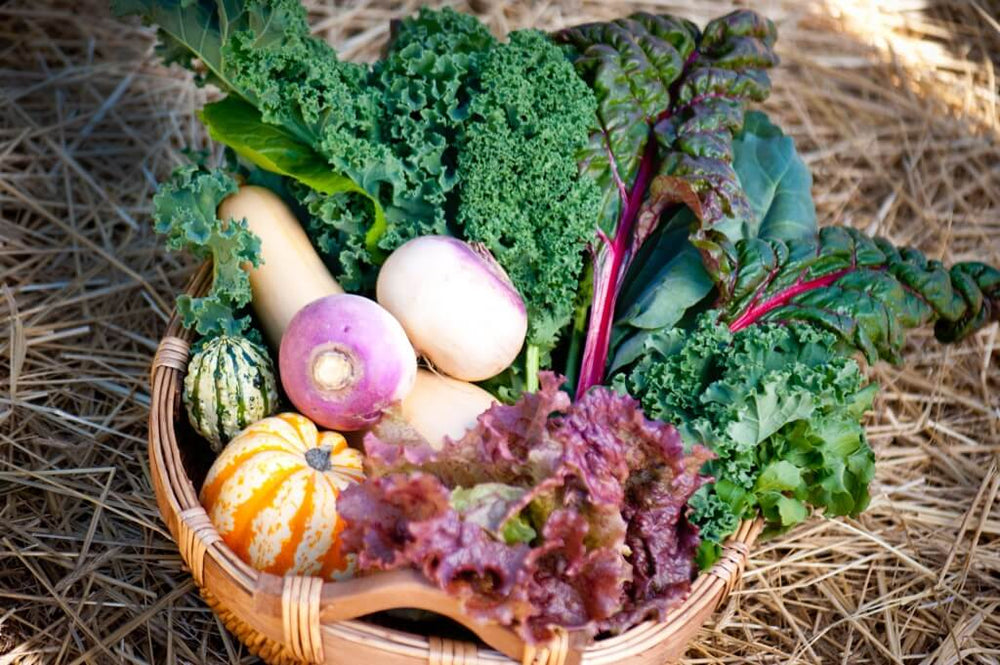
You can grow broccoli, lettuce, cabbage, and other cool-season crops in a fall vegetable garden.
While the heat is still on in many areas of the U.S., it is time to think about preparing a fall vegetable garden for cool-season vegetables. In my garden, the warm season vegetables still rule, but some of the early planted squash and tomatoes will soon make way for broccoli and cabbage.
Transitioning the vegetable garden from spring to fall can seem like a daunting task. Usually by summer's end, those tidy neat rows have turned into six-foot tall tomato plants surrounded by weeds. The heat of summer has probably done a number on the vegetable garden.
First, clean up! Any plant debris needs to be removed from the garden area. Garden pests like squash bugs use this plant material as a place to overwinter. Diseases can also overwinter in some areas, living on those old dead tomato plants. I compost the old plant material, as long as it is not diseased or infested with pests, which provides me with black gold the following year.
Speaking of black gold, conditioning the soil by adding organic material is just as important in the fall as it is in the spring. Summer vegetables take a toll on the soil, robbing it of a lot of nutrients. It is always best to replenish for the next growing season. You may want to take a soil sample and make any necessary adjustments before you plant your cool winter vegetables. A soil sample can be one of the most important things you do for your vegetable garden.
Warm season vegetables that are still growing great should be left in the garden for a late summer/early fall harvest. After the soil has been revived and the garden cleaned up, the rest of the garden will ready for planting those cool-season crops.
By Dani Carroll, Extension Agent and "Ask An Expert" Moderator




 Herbs
Herbs
 Vegetables
Vegetables
 Fruit
Fruit
 Flowers
Flowers
 Succulents
Succulents


